It’ s a Mind-Blowing Midnight Marvel !
India’s fueled PSLV rocket and Mars Orbiter Mission (MOM) await Nov. 5 blastoff at 14:38 hrs IST (9:08 UTC, 4:08 a.m. EST). Credit: ISRO.
Watch ISRO’s Live Webcast[/caption]
MOM is spending her last night on Earth – and she’s a Mind-Blowing Midnight Marvel !
The pride of all India, and everyone’s favorite MOM is healthy and set to embark on the nation’s first ever interplanetary voyage of exploration. She aims to conduct a detailed study of the Martian atmosphere and sniff for methane – a potential indicator for life.
The Mars Orbiter Mission (MOM) was designed and developed by the Indian Space Research Organization (ISRO) which is broadcasting a live webcast of the launch starting at 14:00 hrs IST, 3:30 a.m. EST at – http://isro.org/
“All vehicle systems have been switched ON,” as of now, says ISRO.
Now less than 8 hours from blastoff, the PSLV-C25 booster rocket is fully fueled and poised to streak from ISRO’s Satish Dhawan Space Centre SHAR, Sriharikota, located on India’s east coast in Andhra Pradesh state.
If all goes well with MOM, India joins an elite club of four who have launched probes that successfully investigated the Red Planet from orbit or the surface – following the Soviet Union, the United States and the European Space Agency (ESA).
Reaching Mars successfully is an enormous technological challenge. More than half of all Earth’s attempts have failed. But those who fail to ‘dare mighty things’ are doomed to timidity and ignominy.
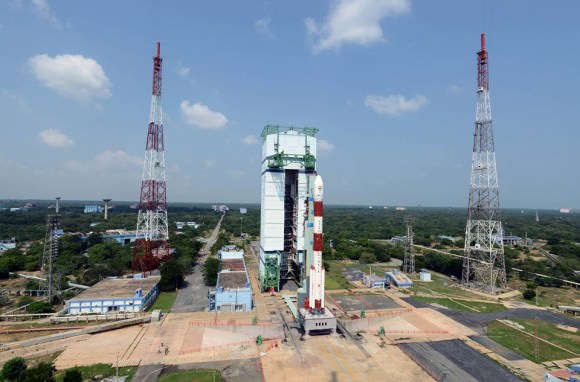
ISRO reports that the weather outlook is favorable for an on time launch on Nov 05, 2013 at 14:38 hrs IST (9:08 UTC, 4:08 a.m. EST).
“Weather Forecast for launch day based on today’s image from Kalpana Meteorological Satellite: Early morning, cloudy and low probability of Rain, No severe weather expected. During launch window – partly cloudy weather and no rain is expected.”
“Looks like we are heading towards a bright and sunny day for the launch,” says ISRO.
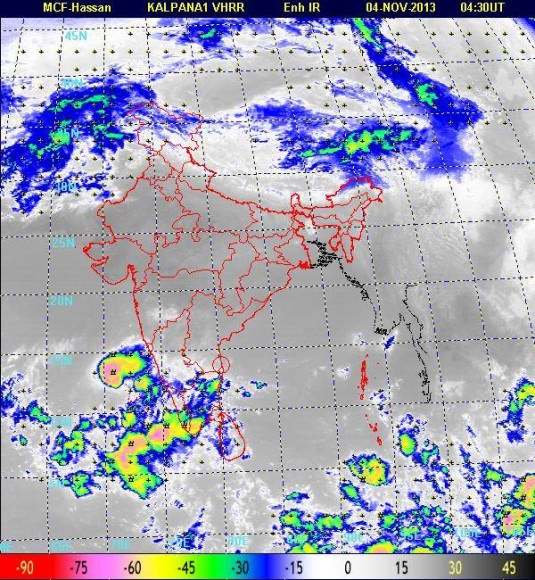
Just hours ago the final loading of propellants into the rocket’s liquid fueled second stage (PS2) with highly toxic nitrogen tetroxide and hydrazine was satisfactorily completed.
The launch gantry has been retracted to a distance of 50 meters and the 44 meter (144 foot) tall four stage PSLV booster stands at the ready under the gaze of the starry night.
Two tracking ships – SCI Nalanda and SCI Yamuna – have been deployed to the Indian Ocean.
They are now in position to relay critical in flight telemetry during the ignition of the PSLV-C25 fourth stage and the spacecraft’s separation from the rocket at T plus 44 minutes.
“For about ten minutes between the separation of third stage of PSLV and ignition of fourth stage the vehicle will not be visible from any ground stations as will be evident in the Live telecast,” says ISRO.
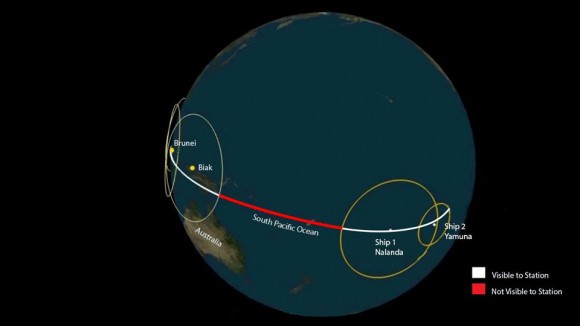
And the launch team is leaving no stone unturned to ensure success!
“As the country gets embraced in deep sleep – don’t forget a few hundred tireless minds at ISRO – rock-steady on their consoles and keeping their strict vigil on the several health parameters of the rocket and the MoM spacecraft,” said ISRO in a statement.
And here’s a poetic tribute to MOM from ISRO
MOM is the first of two new Mars orbiter science probes from Earth set to blast off for the Red Planet this November. On the other side of Earth, NASA’s MAVEN orbiter remains on target to launch barely two weeks after MOM on Nov. 18 – from Cape Canaveral, Florida.
The 1,350 kilogram (2,980 pound) MOM orbiter is also known as‘Mangalyaan’ – which in Hindi means ‘Mars craft.’
‘Mangalyaan’ is outfitted with an array of five indigenous science instruments including a multi color imager and a methane gas sniffer to study the Red Planet’s atmosphere, morphology, mineralogy and surface features. Methane on Earth originates from both geological and biological sources – and could be a potential marker for the existence of Martian microbes.
The PSLV will inject MOM into an initially elliptical Earth parking orbit of 248 km x 23,500 km. A series of six orbit raising burns will eventually place MOM on a trajectory to Mars around December 1.
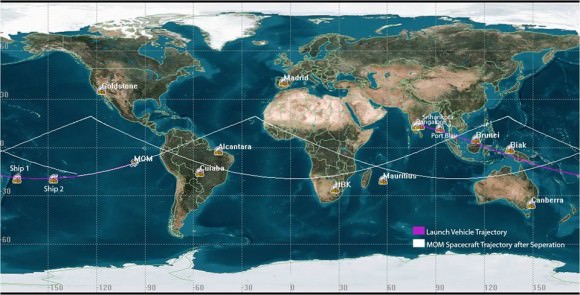
A complex network of ground stations, as indicated in the image, has been laid out for keeping an eye on the various phases of PSLV-C25/ ISRO’s Mars Orbiter Mission, including the launch, Earth bound maneuvers, Heliocentric phase as well as the Martian phase. Additionally, two ship borne terminals have also been deployed in the southern Pacific Ocean to cover critical events during the launch phase. After satellite separation from the launch vehicle, the Spacecraft operations are controlled from the Spacecraft Control Centre of ISRO Telemetry, Tracking And Command Network (ISTRAC) in Bangalore.
Following a 300 day interplanetary cruise phase, the do or die orbital insertion engine will fire on September 24, 2014 and place MOM into an 366 km x 80,000 km elliptical orbit.
MOM and MAVEN both arrive in Mars orbit within days of one another next September – joining Earth’s invasion fleet of five operational orbiters and intrepid surface rovers currently unveiling the mysteries of the Red Planet.
MAVEN’s goal is to study Mars atmosphere in unprecedented detail. The MAVEN and MOM science teams will “work together” to unlock the secrets of Mars atmosphere, MAVEN’s top scientist told Universe Today.
“We have had some discussions with their science team, and there are some overlapping objectives,” Bruce Jakosky told me. Jakosky is MAVEN’s principal Investigator from the University of Colorado at Boulder.
“At the point where we [MAVEN and MOM] are both in orbit collecting data we do plan to collaborate and work together with the data jointly,” Jakosky said.
Godspeed MOM !

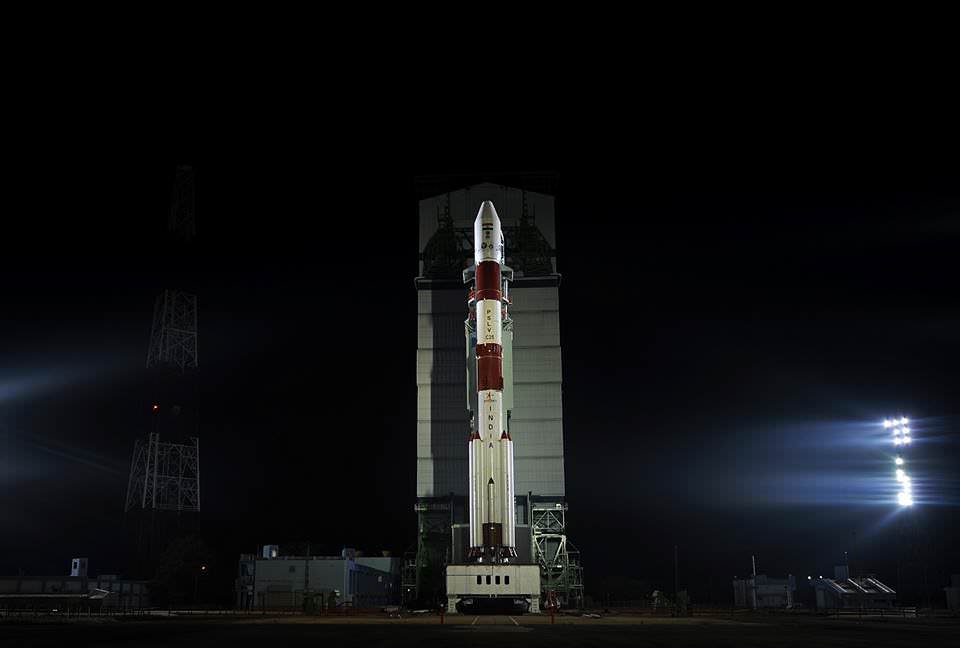
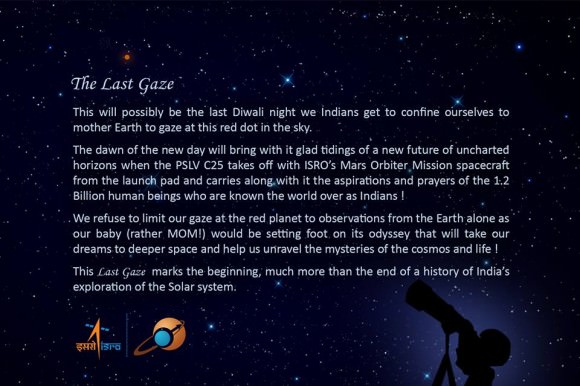
Nice article.. Kudos to the author..
Congratulations ISRO. All the best
A nice, succinct description of the Mission. Many thanks to the author.
Good luck INDIA
It is wonderful to see nations spending on and doing science rather than on war, if only the USA would do more of this, and less on war, we would have a lot less problems. Congratulations and good luck on this first interplanetary mission for India.
Thanks to all scientists for sending satellite journey to Mars.
Well written article…thank you for the detailed information about the mission
Great coverage!
my Aunty Elena got a real nice
Porsche Boxster by working off of a computer… Read Full Report Jam20.?om
thanks for this .